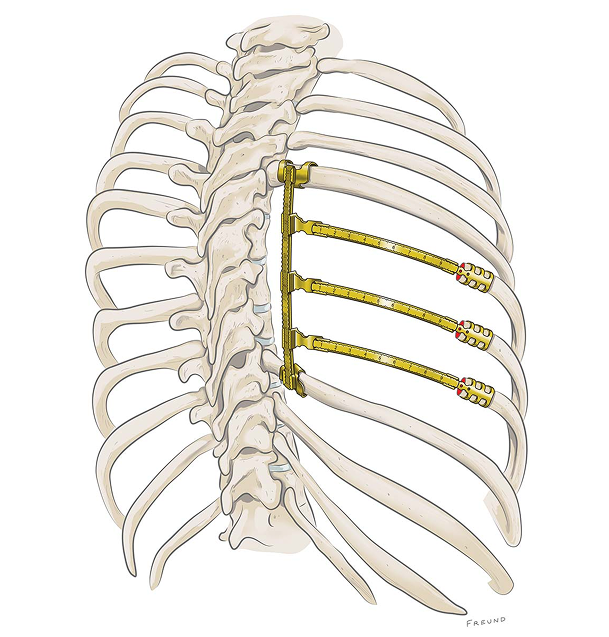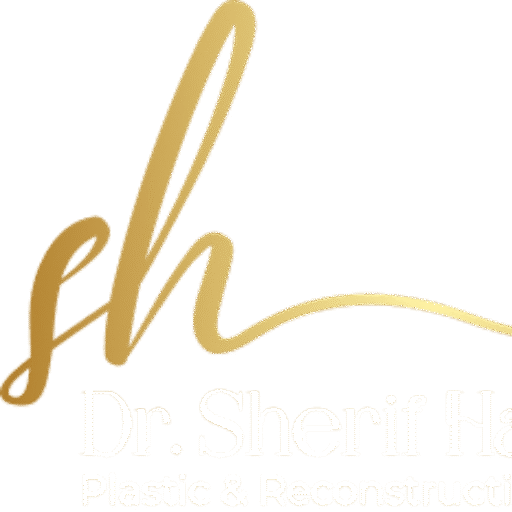overview
Chest wall deformities are structural variations in the chest cage involving the ribs, sternum (breastbone), and cartilage.
These disorders can appear in various ways, ranging from minor cosmetic variations to more noticeable changes that may impair internal organ function.
Understanding the many forms of chest wall abnormalities, their potential consequences, and the full spectrum of treatment choices available is an important first step toward understanding and finding appropriate therapy.
Book An Appointment
Types of chest wall deformities
Several types of chest wall deformities exist, each with its unique characteristics. The common ones are:
- Pectus excavatum (sunken chest): This is the most common chest wall deformity, where the sternum and ribs grow inward, creating a sunken or “caved-in” appearance in the chest. It ranges from mild to severe and, in some cases, may compress the heart and lungs, leading to symptoms like reduced exercise tolerance, fatigue, and chest discomfort.
- Pectus carinatum (pigeon chest): Less common than pectus excavatum, this condition involves an outward protrusion of the sternum and ribs, giving the chest a “pigeon-like” appearance. While often primarily a cosmetic concern, severe cases can sometimes affect breathing mechanics.
- Poland syndrome: A rare congenital condition characterized by the absence or underdevelopment of the pectoralis major muscle on one side of the body, often accompanied by hand and finger abnormalities on the same side. This can result in a flattened or sunken appearance of the chest on the affected side.
- Slipping rib syndrome: This condition involves one or more ribs that “slip” out of place, causing pain and discomfort. It’s often due to hypermobility of the cartilage connecting the ribs to the sternum.
Understanding the specific type of chest wall deformity is essential for determining the most effective course of treatment. This is where the expertise of a specialist like Dr. Sherif Hantash becomes invaluable, especially for patients in Dubai.

Why seek expert care for chest wall deformities in Dubai?
Living with a chest wall deformity can be challenging, both physically and emotionally. Beyond the visible appearance, individuals may experience:
Physical discomfort
Cardiopulmonary issues
Psychological impact
Dr. Sherif Hantash has extensive experience in diagnosing and managing a wide spectrum of chest wall deformities, offering tailored solutions that address both the physical and emotional aspects of these conditions.
Diagnosis and treatment options for chest wall deformities
A thorough diagnosis is the cornerstone of effective treatment for chest wall deformities. Dr. Sherif Hantash employs a comprehensive approach, which may include:
- Physical examination: A thorough assessment of the chest wall's appearance and flexibility.
- Imaging studies: X-rays, CT scans, or MRI scans provide detailed images of the chest, helping to assess the severity of the deformity and its impact on internal organs.
- Pulmonary function tests: To evaluate lung capacity and function.
- Echocardiogram: To assess heart function, particularly in cases of pectus excavatum where heart compression might be a concern.
Once a diagnosis is made, a personalized treatment plan is developed. Treatment options for chest wall deformities vary depending on the type, severity, and the patient’s age and overall health. They can include:
- Observation: For mild cases or in younger children, regular monitoring may be sufficient as the chest wall may improve with growth.
- Physical therapy and exercises: These can help improve posture, muscle strength, and flexibility, which can be beneficial for some mild to moderate cases.
- Bracing (for pectus carinatum): External braces can be highly effective in reshaping the chest wall over time for pectus carinatum.
- Minimally invasive surgery (Nuss procedure for pectus excavatum): This technique involves inserting a curved metal bar under the sternum to push it outward. The bar is typically removed after 2-3 years. This has become the gold standard for many cases of pectus excavatum.
- Open surgery (modified Ravitch procedure): In some complex cases, particularly for severe pectus excavatum or carinatum, an open surgical approach may be necessary to remove abnormal cartilage and reshape the chest wall.
Dr. Sherif Hantash is well-versed in both conservative and surgical approaches to treating chest wall deformities in Dubai, always prioritizing the least invasive yet most effective solution for each patient.
Why choose Dr. Sherif Hantash for your chest wall deformity in Dubai?
When it comes to something as intricate as a chest wall deformity, choosing the right specialist is critical. Dr. Sherif Hantash brings a wealth of experience and a patient-centered approach to his practice in Dubai.
His commitment and the latest advancements deployed in surgical techniques, combined with a compassionate understanding of the obstacles faced by individuals with these conditions, set him apart.
He empowers his patients and their families with clear information, ensuring they are fully involved in every decision regarding their treatment journey.
Book an appointment for treatment for Chest Wall Deformities in Dubai.

